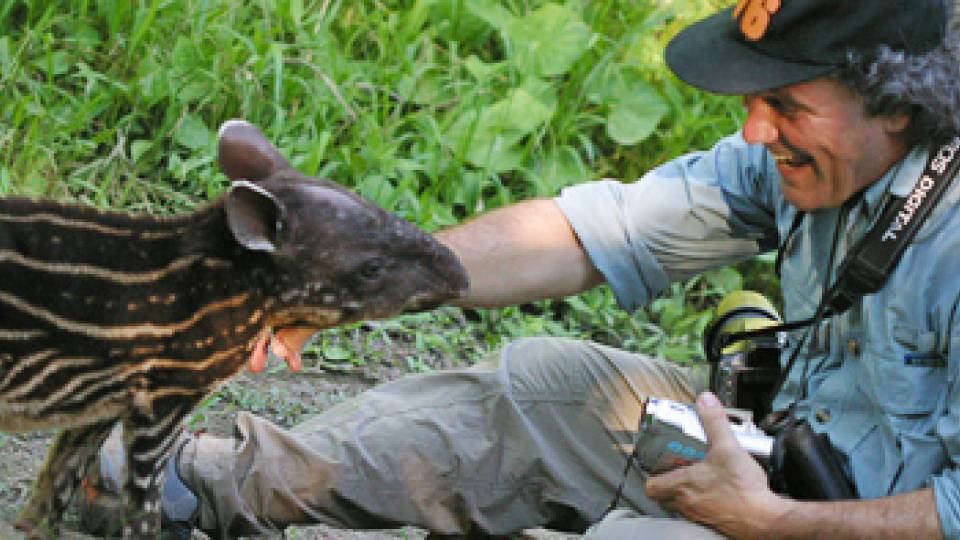Engineers and biologists design wireless ZebraNet
Electrical engineer Margaret Martonosi knew her latest research project was out of the ordinary when she found herself e-mailing biologist Dan Rubenstein to ask, "Do zebras swim?"
That is one of the many queries that have been flying back and forthbetween the E-Quad and Eno Hall as part of an interdisciplinary project called ZebraNet. Martonosi and engineering colleagues Vince Poor and Li-Shiuan Peh are collaborating with Rubenstein, chair of ecology and evolutionary biology , to develop a network of wireless devices that will hang from the necks of zebras and monitor their every move.
Funded by a three-year grant from the National Science Foundation,the researchers are building a prototype of the network and hope to test it on zebras in Kenya next summer.
The purpose is to study the animals -- ultimately not just zebras,but lions, hyenas, entire systems of predators and prey -- and analyze their activities with a level of detail that was previously impossible.
The fruits of such knowledge go beyond the basic desire to unlockthe secrets of the animal kingdom. As human development in Africa --and around the world -- encroaches on animal habitats, ecologists wantto know why animals do what they do and how flexible they are in thechoices they make. Understanding such questions could mean thedifference between development that coexists with animals and development that destroys them, said Rubenstein.
The payoffs are expected to be large for the engineers as well.Academic, commercial and military engineers are increasingly interestedin "remote sensing networks" -- autonomous, but communicating devicesthat could perform unmanned military surveillance, monitor undergroundwater pollution or track the weather, said Martonosi, a specialist in low-power-consumption computing and networks.
"There are many potential applications," she said, "and they raiseinteresting technical challenges regarding how to deploy sensingcomputers that use little energy, that run autonomously in harshenvironments and that communicate with each other to interpret data or forward it to base stations."
The full story is available in the Weekly Bulletin.
Contact: Lauren Robinson-Brown (609) 258-3601





